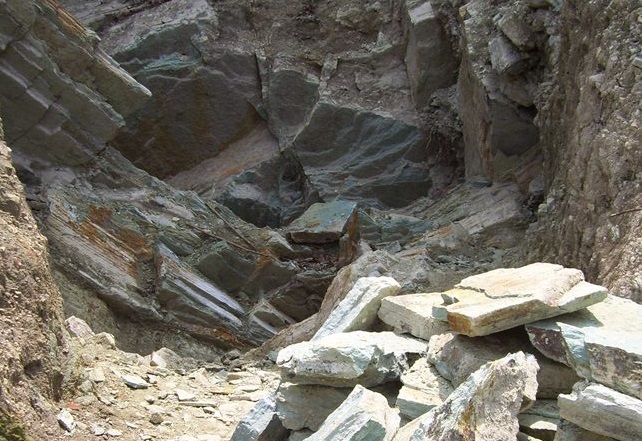Water is a vital human life necessity. Directly water is needed for drinking, cooking, bathing, washing, and washing. Indirectly water is needed as part of the ecosystem with which life on earth can take place. However, water can also be a means of various toxic substances and pathogenic organisms that endanger humans. In developing countries today, nearly 25 million people die every year due to biological and chemical pollution in water. This is supported by the World Resource Institute report 1998-1999, that there are 1.4 million people worldwide who are not covered by safe drinking water supplies.
Groundwater often contains iron and manganese is quite high. In the water, these two metals are always together. For humans, both metals are essential but also toxic. Its presence in water can not only be detected in a laboratory but also can be recognized organoleptically. With a Fe or Mn concentration of at least 1 mg / L, the water feels bitter-acid, smells bad, and is brownish-yellow in color. On an industrial scale, Fe and Mn in water are usually reduced by aerating water at pH> 7 so that these two metals settle as oxides.
Another process is to bind Fe and Mn with a cation exchanger. Both of these methods cannot be carried out by the general public because they require expensive facilities, equipment, and materials, while conventional filtration using sand and fibers can only improve physical quality of water such as turbidity.
However, in fact in Indonesia available natural ion exchangers are cheap and easy to obtain. Zeolites are one of the most widely available natural ion exchangers. Zeolites are very abundant in the form of large pieces of rock that are exported. The ability of zeolites as ion exchangers has long been known and used as a chemical pollutant remover. In zeolite water also turns out to be able to bind E. coli bacteria.

This ability depends on the filtering rate and the ratio of the volume of water to zeolite mass. However, for metals the variables that influence the effectiveness of cation exchange are unknown. In order to obtain an easy, inexpensive, and reliable method and tool for treating groundwater containing high levels of Fe and Mn to be suitable as raw water for drinking water, a simple filtration system with natural zeolite as its cation exchanger was created. This experiment aims to determine the optimum contact time and filtration rate.
Physiologically, Fe and Mn double as essential metals but can also be toxic. The limit of the separator is the concentration. Fe is mainly present as a heme of hemoprotein, transferrin (transport protein), and ferritin (iron warehouse) molecules. Fe intakes that are too large can cause this metal to accumulate as ferritin. This compound is very toxic because it is in the form of Fe (OH) 3, the source of iron for lipid peroxidation reactions that can produce radicals that can ultimately interfere with cellular level oxidation and GSH. The ability of zeolites as iron-exchangers to produce reactive oxygen species has long been known, especially those related to cancer proliferation, which have been reported in various literature. This radical formation causes zeolites to reduce E. coli in water as found.
Based on the results of the study, Zeolite without treatment is effective enough to reduce the concentration of Fe and Mn in groundwater. The effectiveness of zeolite in reducing Mn concentration is better than Fe. The optimum filtering conditions for contact time are 30 minutes and for a filtration rate of 2 mL/minute. Filtering discharge with a 4 cm diameter glass column and a height of 50 cm, with a contact time of 30 minutes and a filtration rate of 2 mL/minute is still very small which is only enough for one person to drink per day.



